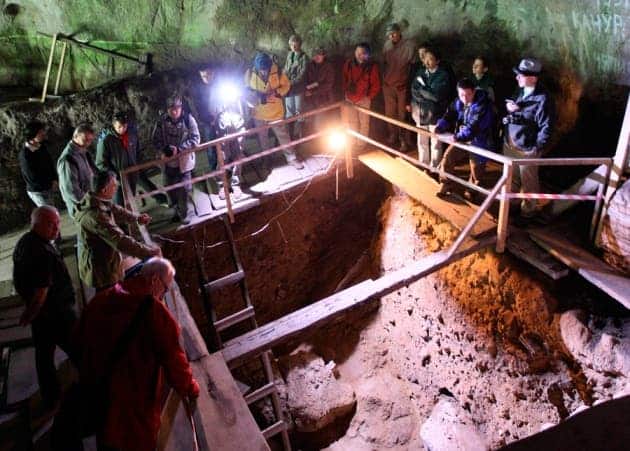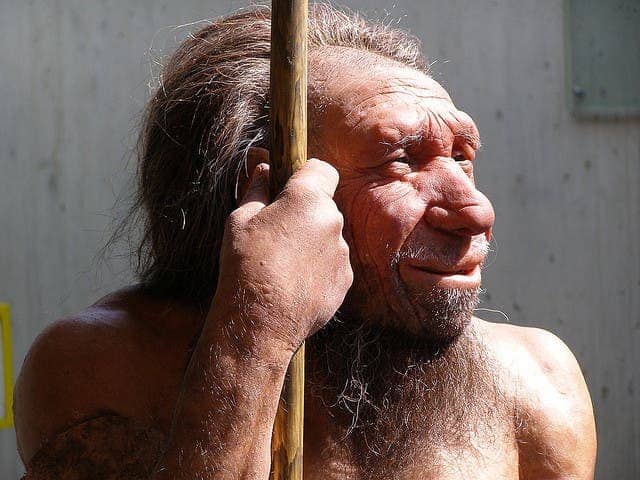A new genome analysis study suggests that interbreeding between modern humans, Neanderthals, Denisovans and a mysterious archaic population was way more common than previously believed.
A Lord of the Rings world

RIA NOVOSTI/SPL
Several decades ago, many anthropologists believed that humans, Neanderthals and Denisovans didn’t interbreed at all; as time passed, some evidence of this started popping out, and science acknowledged it, but still labeled it as an exception – something that happens very rarely. However, new New genome sequences from two extinct human relatives suggest that this interbreeding took place way more often.
The research team from the Royal Society in London presented their results on 18 November, suggesting that the interbreeding took place not only with Neanderthals and Denisovans, but also with another, yet to be identified group.
“What it begins to suggest is that we’re looking at a ‘Lord of the Rings’-type world — that there were many hominid populations,” says Mark Thomas, an evolutionary geneticist at University College London who was at the meeting but was not involved in the work.
Neanderthals and Denisovans

Neanderthals are closely related to modern humans, differing in DNA by only 0.3%, just twice the variability across contemporary humans. The first humans with proto-Neanderthal traits are believed to have existed in Europe as early as 600,000–350,000 years ago.
Meanwhile, Denisovans lived closer to the present day. In March 2010, scientists announced the discovery of a finger bone fragment of a juvenile female who lived about 41,000 years ago, found in the remote Denisova Cave in the Altai Mountains in Siberia – a cave which was also inhabited by humans and Neanderthals.

The first Neanderthal and Denisovan genome sequences had a huge impact, practically revolutionizing the study of ancient human history, mostly because they showed (pretty much beyond the shadow of a doubt) that these groups interbred with anatomically modern humans, contributing to the genetic diversity of many people alive today.
However, these first analyze genomes were low quality, riddled with errors and full of gaps – with better samples, studies such as this one can reach even more remarkable conclusions. David Reich, an evolutionary geneticist at Harvard Medical School in Boston, Massachusetts, led a team which developed the most complete versions of the Denisovan and Neanderthal genomes — matching the quality of contemporary human genomes.
A new population?
So after the news that interbreeding was rather common, everyone was puzzled about this (genetically) new species – what could it be? Apparently, anthropologists are just as puzzled as us.
“We don’t have the faintest idea,” says Chris Stringer, a paleoanthropologist at the London Natural History Museum, who was not involved in the work. He speculates that the population could be related to Homo heidelbergensis, a species that left Africa around half a million years ago and later gave rise to Neanderthals in Europe. “Perhaps it lived on in Asia as well,” Stringer says.
Via Nature.






